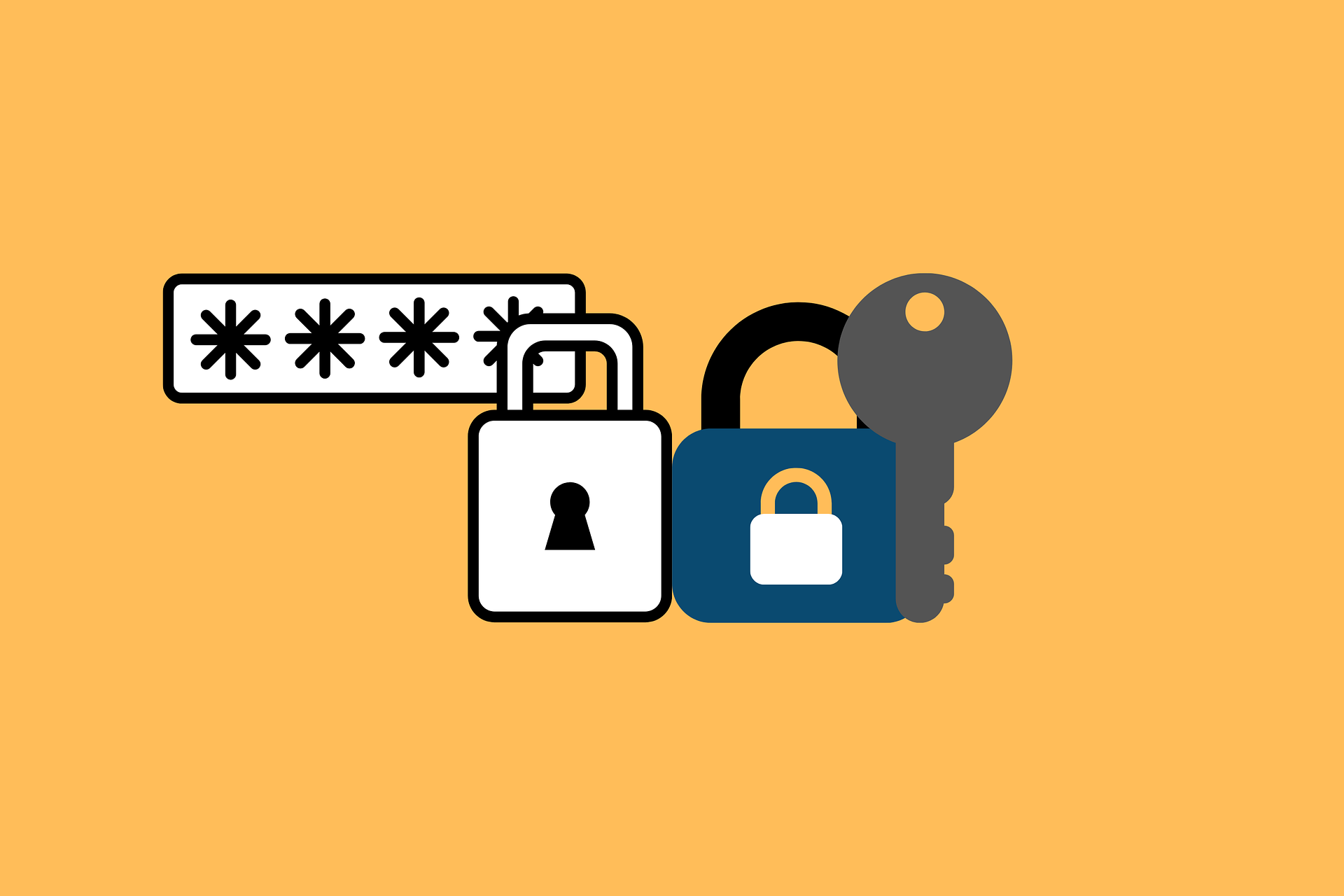In the last couple of years, online businesses have reached the highest point yet. It seems like, nowadays, you only need a good business idea combined with a well-thought-out strategy to reach millions around the world. But, as your online business grows, so does the number of potential cybersecurity threats. Reportedly, more than 60 percent of small businesses have experienced some sort of cyber-attack. Yet almost half of the respondents had no idea how to protect their businesses against versatile security risks including phishing, advanced malware, zero-day and ransomware attacks. Knowing how to protect your online business is crucial for keeping your money, data or even reputation safe.
The good news is there are numerous simple methods you can use to protect your online business.
In this two-part article, we have teamed up with the experts at Linkeo Ltd to bring you 10 things you should keep in mind when considering the security aspects of your online business.
Choose a Secure Hosting Service
There is no successful online business without a professional website. But great design and powerful features won’t do you much good if you choose the wrong hosting company. So, make sure your online platform or website is hosted by a reliable web hosting service provider that is PCI compliant. This is how you will be sure your site’s payment and checkout processes are secure from hackers who constantly search for loopholes they can exploit. Although free hosting sounds attractive, we suggest you don’t even consider it as an option for your online business. Besides limited speed and shared server space, free hosting is also highly risky when it comes to security. If you want to keep your sensitive information, user’s data or credit card accounts protected, free hosting isn’t the way to go.
If possible, choose only a secure hosting that will provide your website with an SSL certificate. It will mark your website with HTTPS which stands for HyperText Transfer Protocol Secure. This certificate makes sure that all communication between your users’ browsers and your website is encrypted.

Email Security Best Practices
Millions of emails are sent every day. But according to research, only 50% of their content is legitimate, while the rest falls into the spam category. This means that a large number of emails you and your employees receive could be potential security threats. Emails are commonly used to infect your computer system with ransomware. Here, cybercriminals include malicious attachments in the emails they send out. When you open an infected mail, you give ransomware permission to enter your computer system. This further increases the chances for more serious security attacks. However, if you stick to the following simple steps, you could significantly reduce the potential risks.
Firstly, discourage your employees from using their business email address when subscribing to unreliable mailing lists. Also, let everyone in your company know they should be especially cautious when it comes to links sent within emails, social media or unfamiliar websites. Unless you expect a certain link or attachment, never open it without scanning. In the end, clean up your email regularly and use antispam software. Antispam reduces unwanted email, links, and distractions for your employees.
Strong Passwords
Pay special attention to passwords. Strong passwords that combine upper and lower-case letters, numbers, and special symbols are harder to crack. For added security, change your passwords regularly and consider using two-factor authentication. Apart from this, never send passwords or any other kind of sensitive data via unencrypted email.
These are the top 3 tips for ensuring your online business is protected from online threats. Check back for part 2, where we’ll cover a further 7 smaller, but no less important tips. Until then, be safe!

